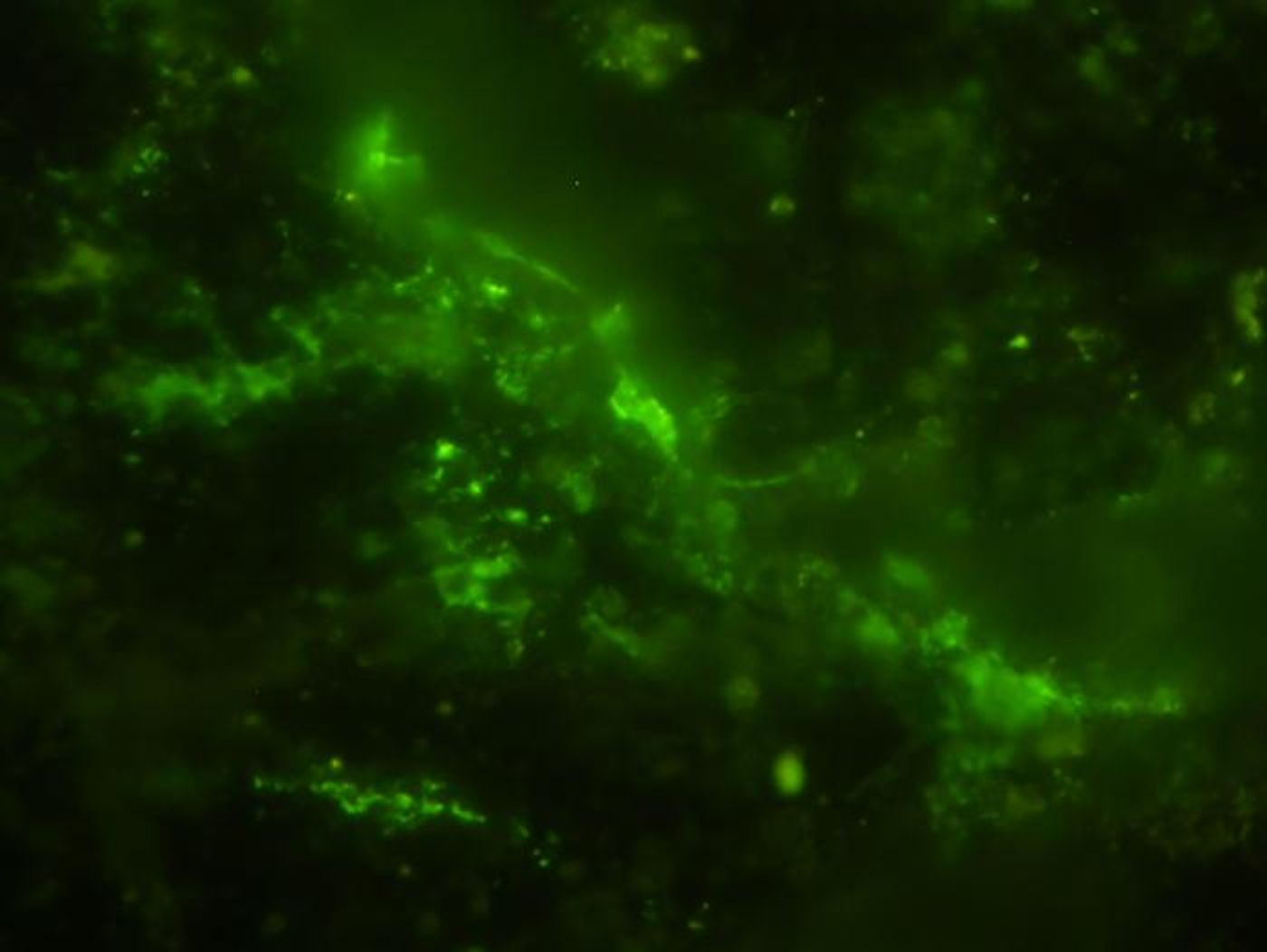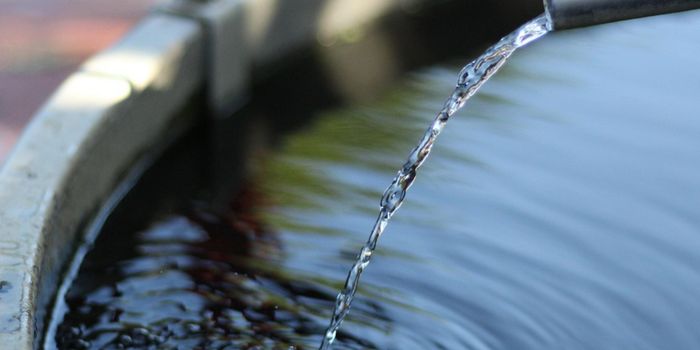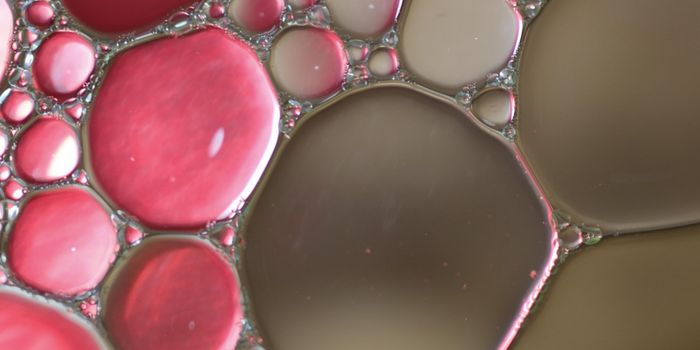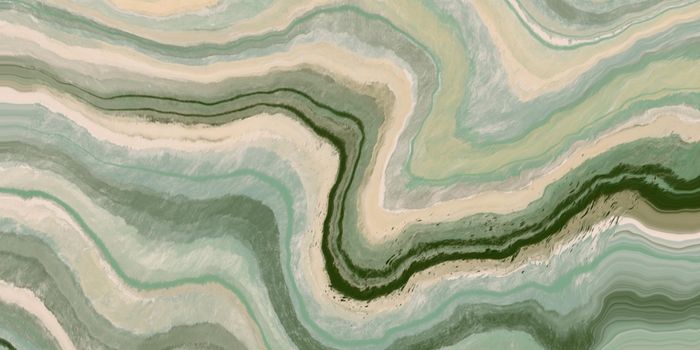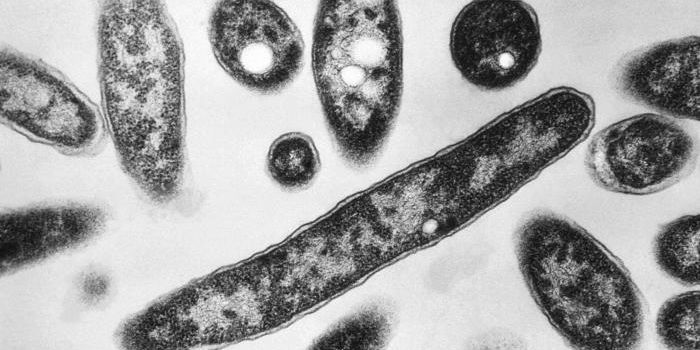Living Microbes Found in 2-Billion-Year-Old Rock
Microbes have been able to find a home in some truly incredible places, including deep in the icy lakes of Antarctica and inside of the geothermal hot springs of Yellowstone. Now scientists have discovered living microbes inside of a sealed crack in a 2-billion-year-old rock that was recovered from an area in South Africa known as the Bushveld Igneous Complex (BIC). This is thought to be the oldest example of living microbes ever discovered in ancient rock. The findings, which were made with cutting edge microscopy tools, confirmed that the microbes came from the rock and not from contamination and have been reported in Microbial Ecology.
The researchers suggested that this study may help us learn more about the earliest forms of life, or how microbes might be able to survive on other planets.
“We didn’t know if 2-billion-year-old rocks were habitable. Until now, the oldest geological layer in which living microorganisms had been found was a 100-million-year-old deposit beneath the ocean floor, so this is a very exciting discovery. By studying the DNA and genomes of microbes like these, we may be able to understand the evolution of very early life on Earth,” said first study author Yohey Suzuki, an associate professor at the University of Tokyo.
These ancient microbes that live in rock have some things in common with ancient microbes that have been found in Antarctica - they grow very slowly. They also barely evolve during their slow growth, so scientists are able to look back to a different biological time with these organisms.
The Bushveld Igneous Complex (BIC), is a rocky part of northeastern South Africa about 66,000 square kilometers in size. It was formed long ago as hot magma cooled down under the surface of the Earth. The area is rich in iron ore, and is a platinum mining hotspot. It's thought that because of how it formed, the BIC has provided ancient microbes with a stable home for ages.
The researchers took a 30-centimeter-long rock core sample from BIC from about fifteen meters underground. They sliced the sample into sections and when analyzing cracks in the rocks, found dense pockets of microbial cells. The gaps nearby were totally clogged with clay, which would probably keep them sealed and prevent other things from entering the cracks.
Additional work was performed to show that these microbes originated from the rock, and not from contamination introduced by the drilling, recovering, or analysis processes. The investigators stained their rock samples to show that proteins and DNA in the clay and in the microbes were similar. The microbes did not come from contamination.
“I am very interested in the existence of subsurface microbes not only on Earth, but also the potential to find them on other planets,” added Suzuki.
The Perseverance rover, operated by NASA, is expected to soon return Martian rock samples to Earth for analysis. There could be Martian microbes in some of them.
Sources: University of Tokyo, Microbial Ecology
